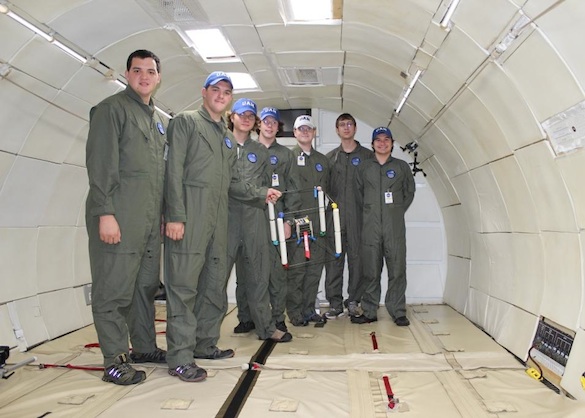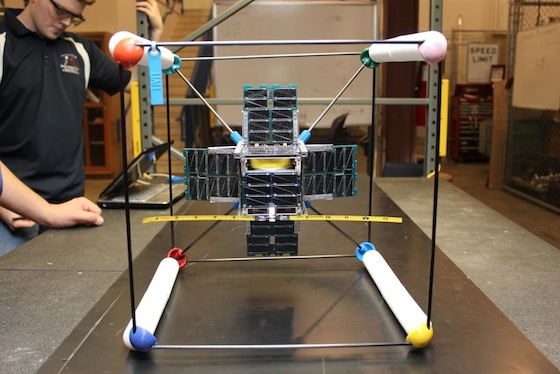University of Alabama - Huntsville (UAH) CubeSat Parabolic Flight Testing
PI: Francis Wessling, University of Alabama - Huntsville
PI: Francis Wessling, University of Alabama - Huntsville

- TA12 Materials, Structures, Mechanical Systems and Manufacturing
There are two mission objectives for this experiment. The first is to verify that the models and simulations of our CubeSat deployables are accurate by testing the deployables in a microgravity environment and recording inertial sensor data during deployment. The second is to verify that the deployment mechanism for each deployable operates as expected with no problems.
The testing would allow us to test a full prototype, including all of the mechanical systems, of our CubeSat in a relevant environment. As partial software integration will also be required for the testing, our TRL after the proposed testing will be 6.
The applications of this technology could be used in most CubeSats because it improves technology in power via the solar panel array, communications via the monopole antenna, and attitude stabilization via the gravity gradient boom, all of which are necessary for satellite operations.
There are five deployables that we need to test. We will trigger one deployable per parabolic arc until all deployables have been triggered.
The payload is currently in the prototype development phase. The design has not been flown before. The parabolic flight configuration is that of the orbital flight configuration with an additional protective frame to prevent direct impact to the fragile CubeSat systems. The flight environment will be a free floating payload allowing accurate reaction rates to be measured during each test.

Technology Details
-
Selection DateAFO3 (Mar 2012)
-
Program StatusCompleted
- 1 Parabolic
Development Team
-
PIFrancis Wessling
-
Organization
-
SponsorUniversity Of Alabama/Space Hardware Club
-
PartnersAlabama Space Grant Consortium
-
More Information

